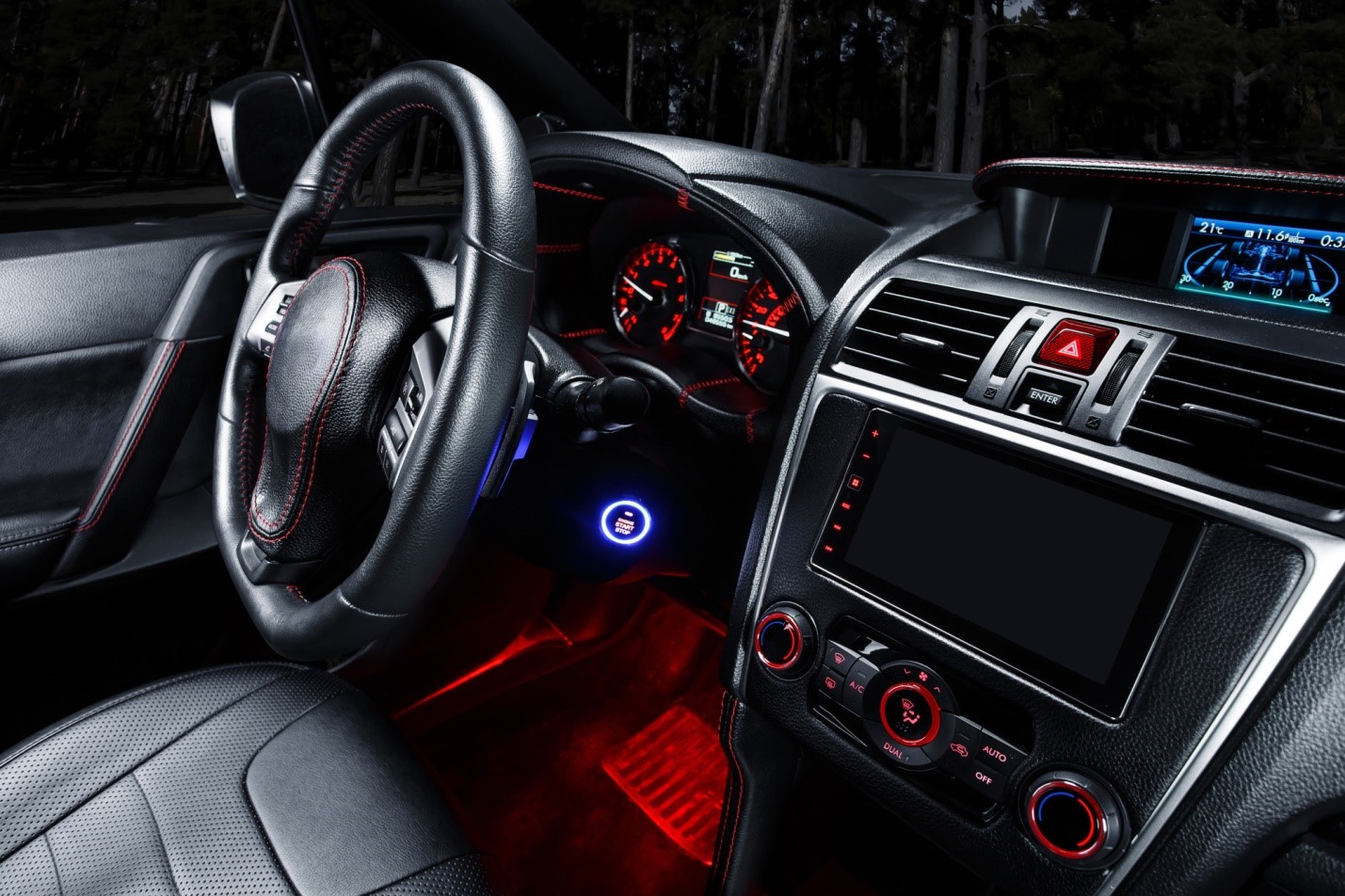[ad_1]
Drag racing, a contest between two cars beginning from a complete stop over a distance of a 1/4 mile (1320 feet) depends heavily on first 60 feet of the race, or the launch. The technique used for launching varies greatly depending on the how the car is equipped. The type of transmission, which wheels are being driven, tires, power, suspension and track preparation all play key roles in how to go about getting the best launch possible from the car.
Improvements on the time it takes for the car to travel the first 60 feet down the track have significant implications on the final ET (estimated time). As a general rule, improvements in the 60 foot time, are magnified by 2x on your final ET. For example, a Dodge Viper GTS that runs a 12.2 @ 120 MPH in the 1/4 mile with a 60 foot time of 2.0 can make significant improvements to it’s 1/4 mile times by obtaining a better launch. If the Dodge Viper GTS is able cut .2 (two tenths) of a second off it it’s 60 foot time, by covering the first 60 feet in 1.8 seconds, it’s final ET for the 1/4 mile would be around 11.8 @ 119 – 121MPH. More examples can be found by searching through the thousands of 60 foot records in the http://www.dragtimes.com drag racing database.
The best possible launch is obtained by obtaining the optimal balance of applying the most amount of power to the ground with the least amount of wheel spin. If too much power is applied during the launch and the tires spin, the resulting 60 foot time will be poor. The same goes for not applying enough power, thereby causing the car’s engine to bog, and having the car limp off the line slowly.
When launching a car with an automatic transmission, a technique called power braking is used. After properly staging the car at the drag strip’s staging lane, tightly hold down the brake with one foot, while slowly applying the accelerator peddle with the other foot. The car’s engine RPM (revolutions per minute) should slowly increase to a point where the car will either start to move or start spinning the tires. Hold down both the brake and accelerator peddles just below the point where the car is starting to move or spinning the tires. When the christmas tree lights reach the last amber light before the green, lift off of the brake and slowly push the gas peddle all the way down. The correct RPM to launch at will be different every car depending on all of the variables mentioned earlier. Start conservative with the first launch and keep increasing the RPM at which the car is launched at during the subsequent runs. If the car starts spinning the tires after the launch, lower the launch RPM and try again.
When launching a car with a manual transmission come to a complete stop after the car is properly staged. Press the clutch in all the way with one foot while pressing the accelerator peddle down with the other foot, raising the engine RPM to a constant moderate level for the first launch. Lift up on the clutch peddle to the point where the car is just about to start moving and hold both peddles still. When the christmas tree lights reach the last amber before the green, slowly release the clutch while quickly applying the accelerator peddle enough to launch the car quickly, but not too much to induce a large amount of wheel spin. Start conservative with the first launch and keep increasing the RPM at which the car is launched at during the subsequent runs. If the car starts spinning the tires too much after the launch, lower the launch RPM and try again.
To obtain better launches and bring down 60 foot times even more, the use of drag radial or full slick tires can be used on more powerful cars that have trouble launching at any RPM on regular street tires. Drag radials and full slicks usually require a burnout to heat up the tires and clean them from debris for optimum performance. A burnout is a rapid spinning of the car’s tires while the car stays relatively still.
All wheel drive cars (AWD) are typically the easiest to launch because the engine’s power is distributed to 4 wheels instead of two. Rear wheel drive (RWD) cars typically launch better than front wheel drive (FWD) due to the transfer of weight to the rear tires during the launch, causing an increase in traction. If the car has aftermarket adjustable suspension, adjustments can be made specific for drag racing to increase the weight transfer to the driving wheels.
The track’s launch pad preparation also plays an important role in how well and how hard cars can launch. The launch area is usually prepped with traction compounds to add to the stickiness of the track. A well prepped track will definitely help drop 60 foot times and result in lower 1/4 mile times.
During the breaks and cool down periods between drag racing runs, make detailed notes about how you launched on the back of each timeslip. These notes can help you diagnose launching issues, fine-tune subsequent launches and show improvements in the search for The Perfect Launch.
[ad_2]











